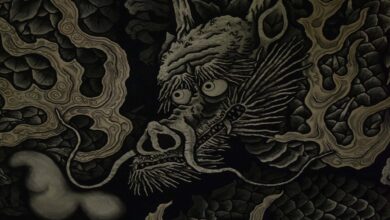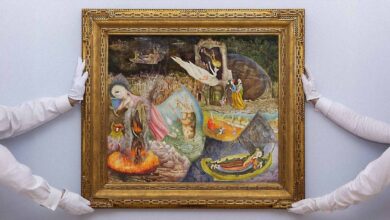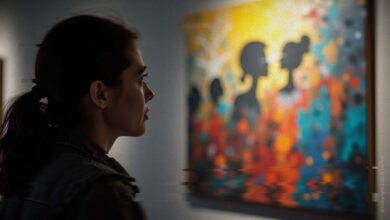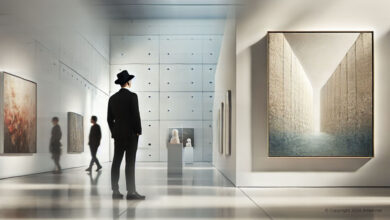Pablo Picasso, a name synonymous with innovation and genius, remains one of the most celebrated artists of all time. Known for pioneering movements like Cubism and redefining the possibilities of modern art, Picasso’s oeuvre spans painting, sculpture, ceramics, and beyond. Yet, one medium that played a central role throughout his career often goes unnoticed: paper.
From early academic sketches to revolutionary Cubist collages and late abstract experiments, Picasso used paper as more than just a surface; it was a tool for invention, exploration, and transformation. The Cleveland Museum of Art’s exhibition, Picasso and Paper, delves into this intimate and experimental relationship, offering audiences a rare glimpse into the artist’s creative process. With nearly 300 works, this landmark exhibition showcases how a simple medium became the foundation for some of the most groundbreaking moments in modern art.
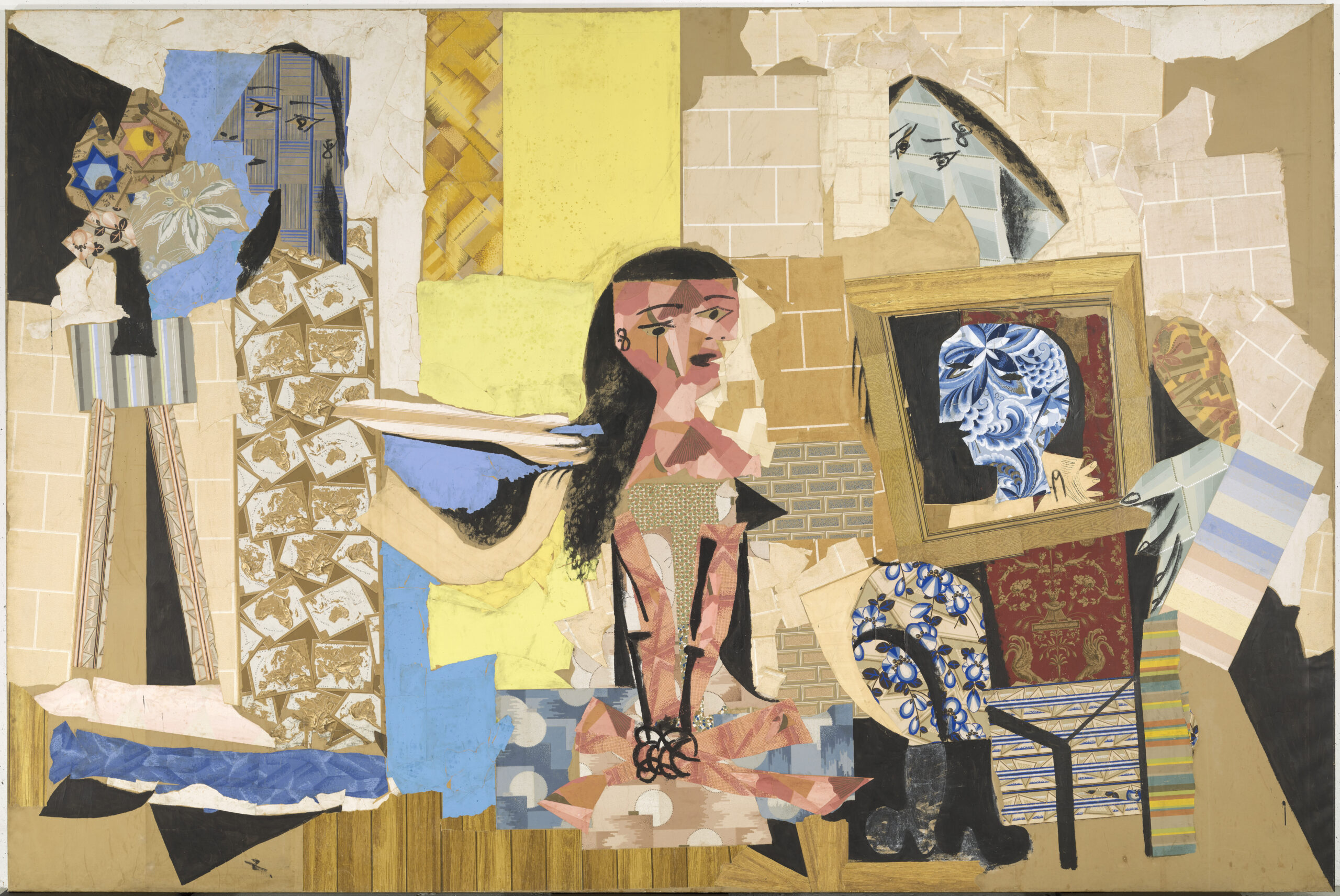
Women at Their Toilette,Paris, winter 1937–38. Pablo Picasso (Spanish, 1881–1973). Cut wallpapers with gouache on paper pasted onto canvas; 299 x 448 cm. Musée national Picasso-Paris, Pablo Picasso Gift in Lieu, 1979. MP176. Photo © RMN-Grand Palais (Musée national Picasso-Paris) / Adrien Didierjean. © 2024 Estate of Pablo Picasso / Artists Rights Society (ARS), New York
Exhibition: Picasso & Paper
Location: Cleveland Museum of Art, Cleveland, USA
Dates: December 8, 2024 – March 23, 2025
The Cleveland Museum of Art’s latest exhibition, “Picasso and Paper,” offers an extraordinary glimpse into the boundless creativity of one of modern art’s greatest figures. Running from December 8, 2024, to March 23, 2025, this ambitious showcase delves into Pablo Picasso’s lifelong engagement with paper as a medium—not merely as a surface for drawing but as a material imbued with infinite possibilities.
The exhibition, curated in collaboration with the Royal Academy of Arts, London, and the Musée national Picasso-Paris, brings together nearly 300 works, spanning collages, drawings, sculptures, and prints. Each piece testifies to Picasso’s restless innovation and his uncanny ability to transform the mundane into the monumental.
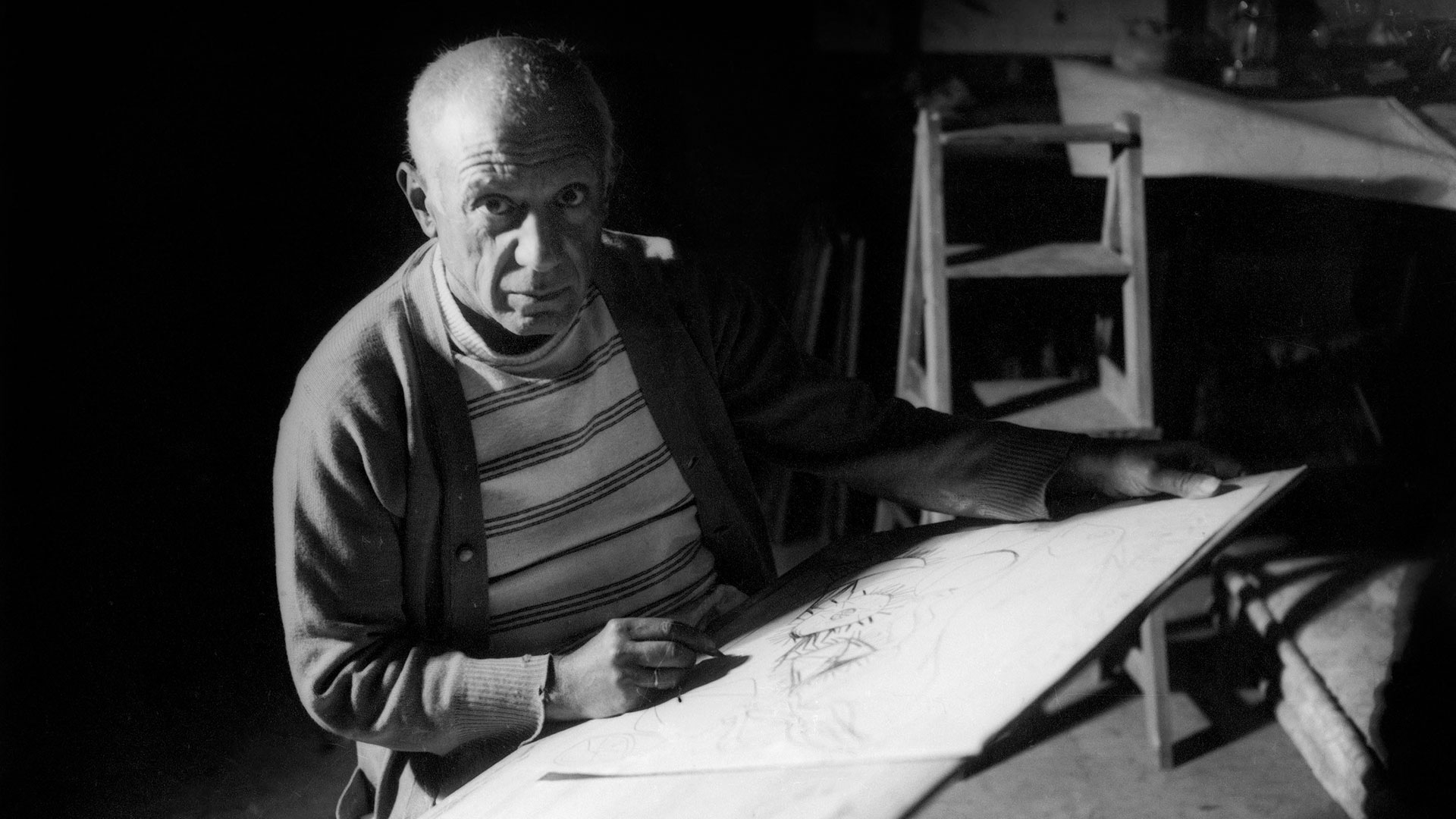
Pablo Picasso drawing in Antibes, summer 1946. Photo © Michel Sima / Bridgeman Images. © 2024 Estate of Pablo Picasso / Artists Rights Society (ARS), New York
Paper as Picasso’s Playground
Paper might seem an unassuming material, but in Picasso’s hands, it becomes a site of endless experimentation. The exhibition traces his relationship with the medium from his early academic sketches to his explosive, abstract compositions of later years. What emerges is a portrait of an artist who saw no boundaries, turning paper into masks, collages, and even three-dimensional sculptures.
One gallery houses an arresting display of Picasso’s wartime collages, constructed from scraps of newspapers and packaging. These works, marked by bold lines and fragmented forms, feel immediate and visceral, reflecting both the constraints and resilience of creativity during periods of scarcity. Another section features his elegant cut-paper profiles—simple yet astonishingly expressive, as if Picasso could see the soul of a subject in a single snip.
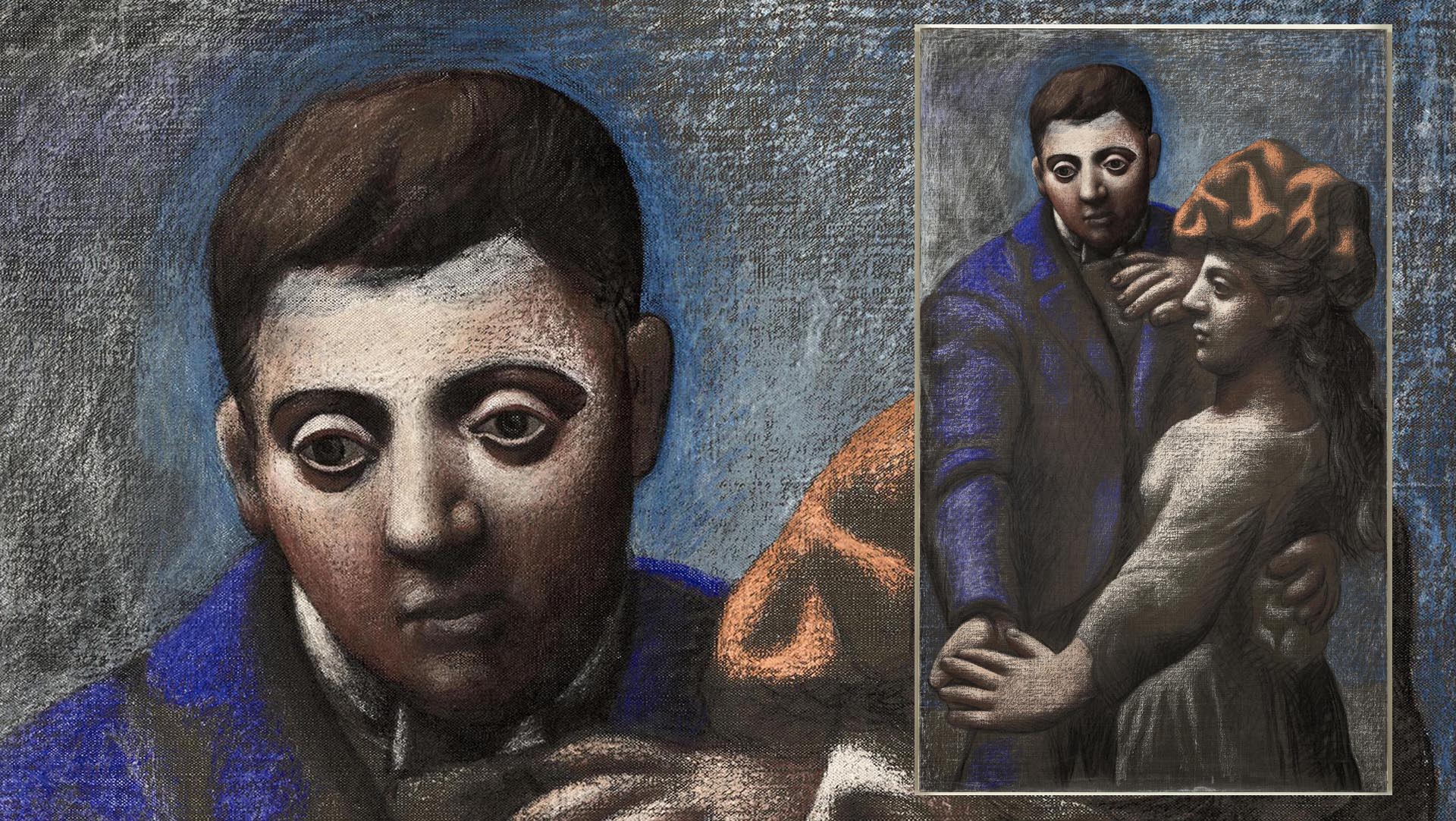
The Village Dance, c. 1922. Pablo Picasso (Spanish, 1881–1973). Pastel and oil on canvas; 139.5 x 85.5 cm. Musée national Picasso-Paris, Pablo Picasso Gift in Lieu, 1979. © 2024 Estate of Pablo Picasso / Artists Rights Society (ARS), New York
Highlights of the Exhibition
- The Blue Period Sketchbooks: These tender, melancholic drawings remind us that even in his youth, Picasso was a master of mood and atmosphere.
- Cubist Collages: Featuring works like Guitar (1913), these pieces reveal how Picasso redefined artistic conventions, blending textures, materials, and dimensions into cohesive wholes.
- Later Experiments: The exhibition culminates in a series of abstract studies that explode with energy, showing how Picasso’s engagement with paper never waned, even in his later years.
The Cleveland Museum’s inclusion of interactive digital displays adds a contemporary dimension. Visitors can manipulate digital replicas of Picasso’s works, peeling back layers to see how his collages came together—a rare insight into the mechanics of genius.
A Curatorial Triumph
While “Picasso and Paper” is inherently a celebration of the artist’s genius, it’s also a testament to the power of thoughtful curation. The collaboration between the Cleveland Museum of Art and its international partners ensures not just breadth but depth. Some of the works on display have never before been seen outside their home institutions, and the exhibition design—balancing chronology with thematic exploration—keeps the narrative compelling and cohesive.
For all its reverence, the exhibition doesn’t shy away from Picasso’s flaws. His personal complexities and contradictions are subtly acknowledged, enriching our understanding of the man behind the myth.
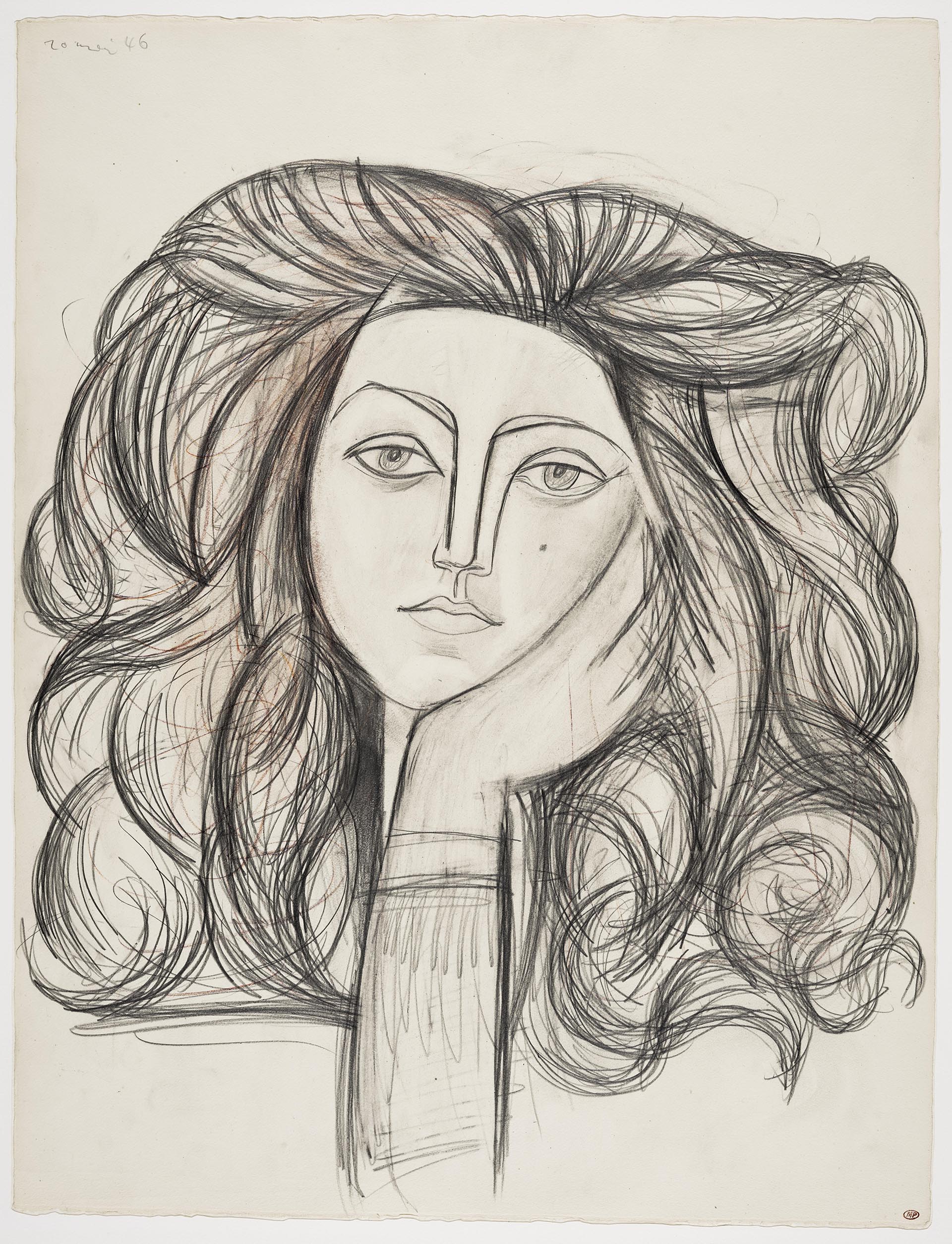
Portrait of Françoise, Paris, May 20, 1946. Pablo Picasso (Spanish, 1881–1973). Graphite, colored pencil, and charcoal on wove paper; 66.5 x 50.8 cm. Musée national Picasso-Paris. Pablo Picasso Gift in Lieu, 1979. © 2024 Estate of Pablo Picasso / Artists Rights Society (ARS), New York
Critic’s Perspective
In typical Picasso fashion, the exhibition raises as many questions as it answers. What does it mean for an artist to master something as simple as paper? Is it a limitation, or is it freedom? For Picasso, it seems to be both—an unassuming material that allowed his imagination to roam freely, unburdened by convention.
The show also prompts a reflection on the role of process in art. Seeing Picasso’s cutouts, folded sculptures, and layered collages up close, one can’t help but marvel at his willingness to experiment, to embrace imperfection as part of creation. These works aren’t polished—they’re alive, humming with the energy of an artist perpetually in motion.
A Must-See for Art Enthusiasts
“Picasso and Paper” isn’t just an exhibition; it’s an education. For those familiar with Picasso’s paintings but less so with his more intimate works, this show is revelatory. For art historians, it offers a treasure trove of insights into the artist’s process and the evolution of modern art. And for the general public, it’s a chance to connect with an artist whose genius continues to inspire awe.
In the words of one visitor, “It’s as if you’re stepping into Picasso’s studio, watching his ideas take shape before your eyes.”
Whether you’re a seasoned Picasso admirer or a curious newcomer, this exhibition is an unmissable journey into the mind of a master.
